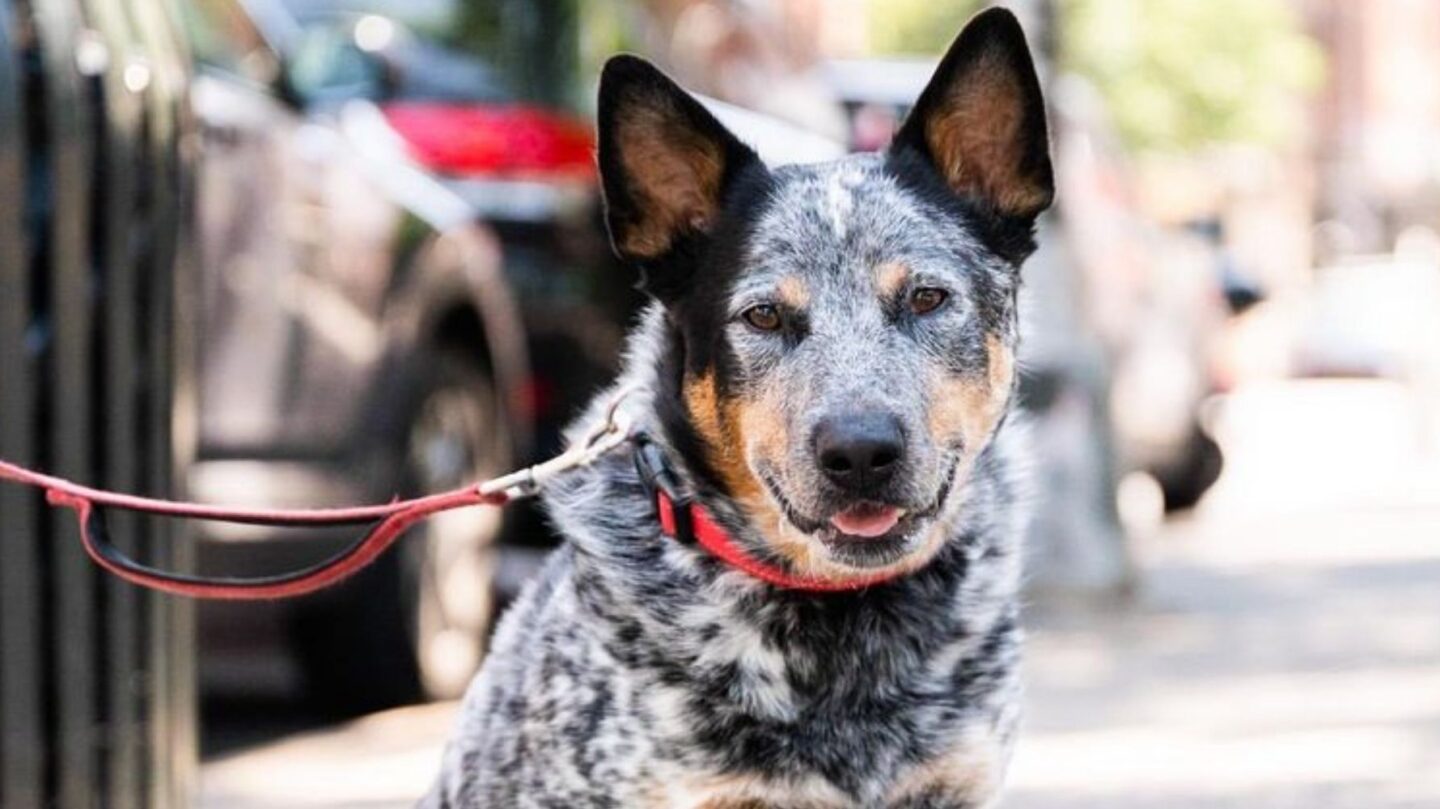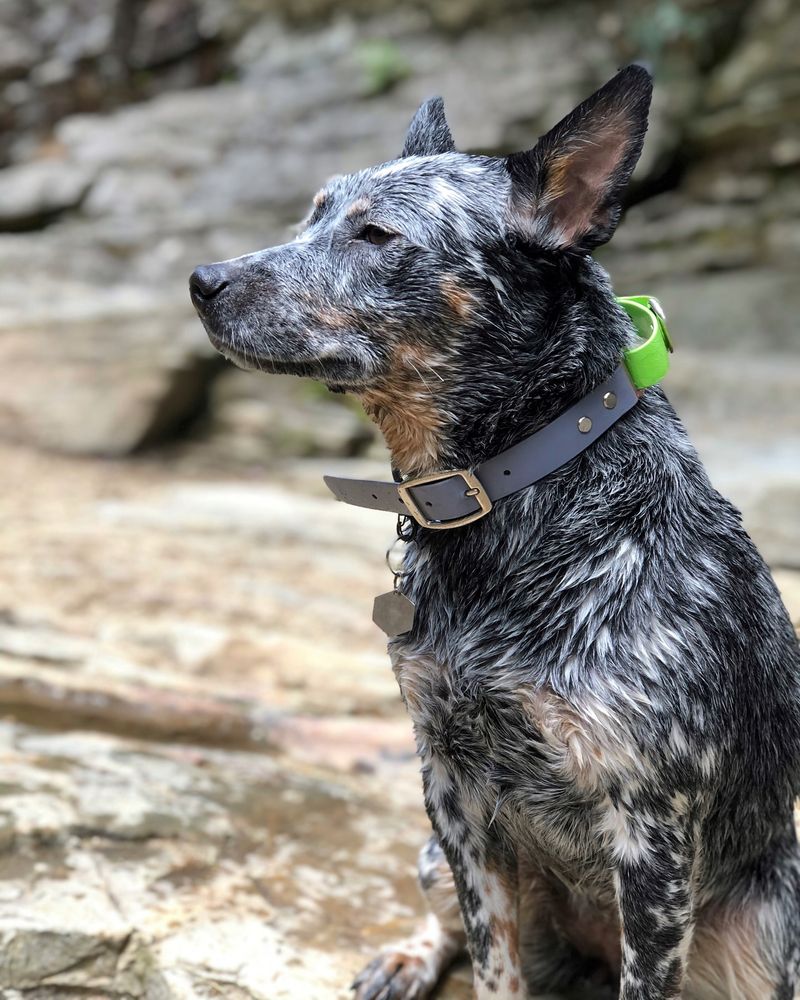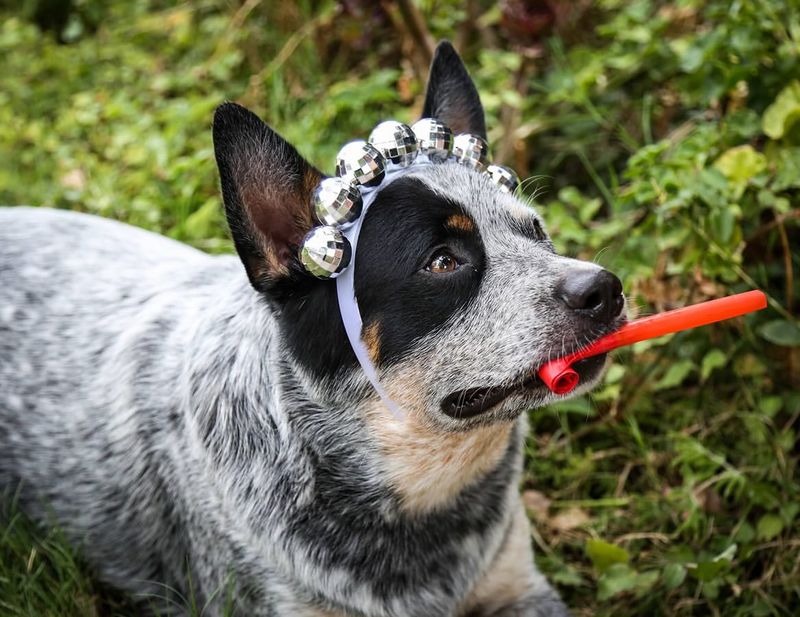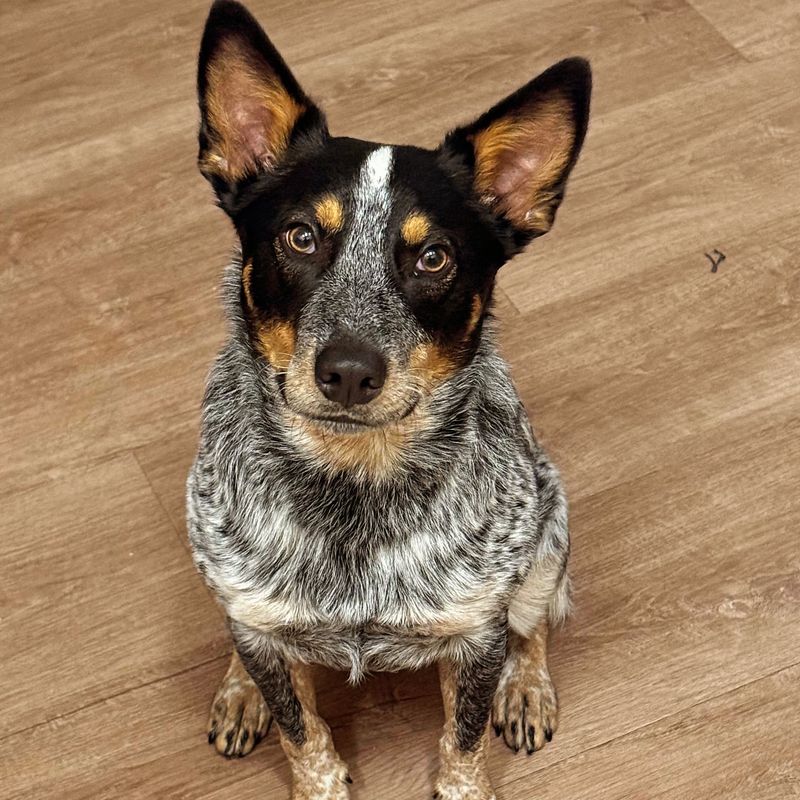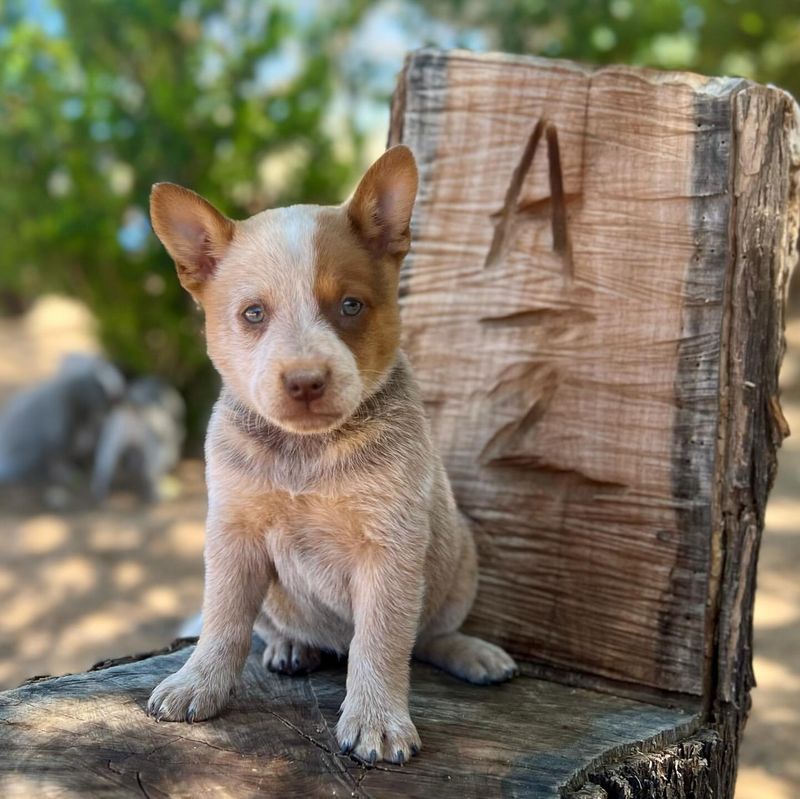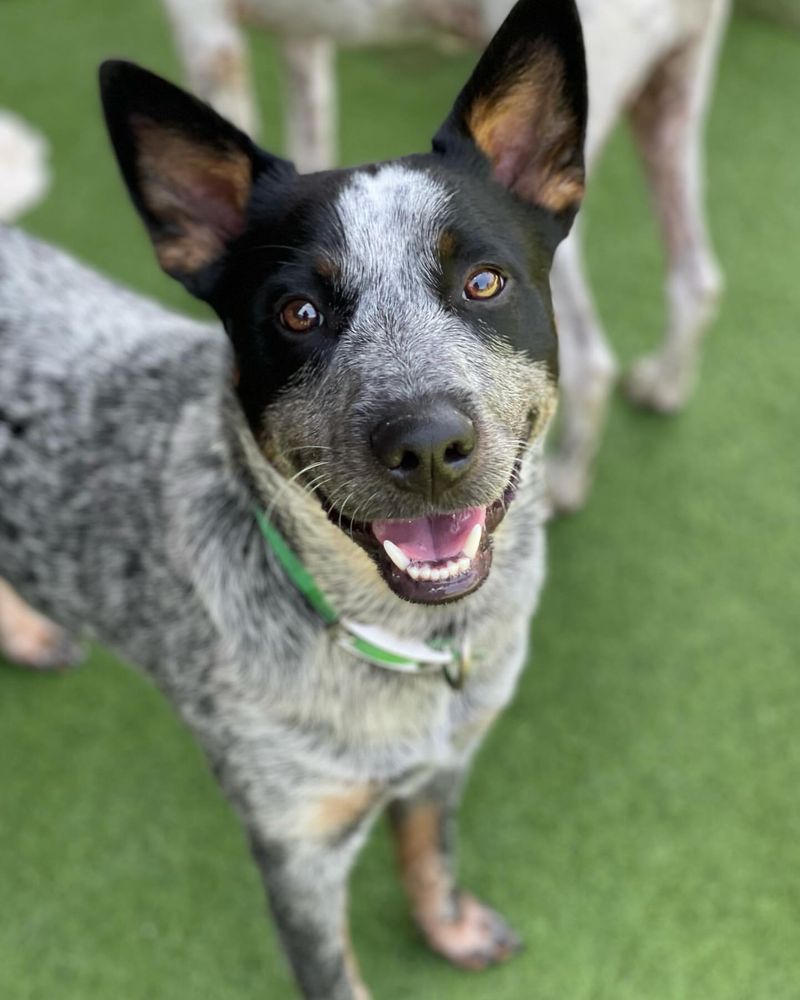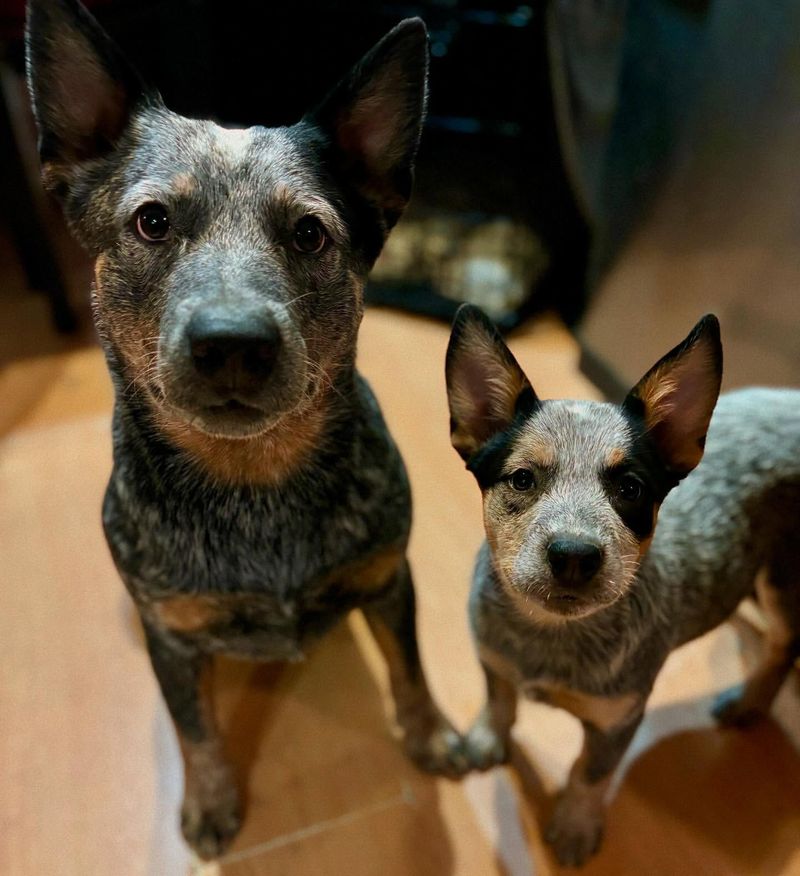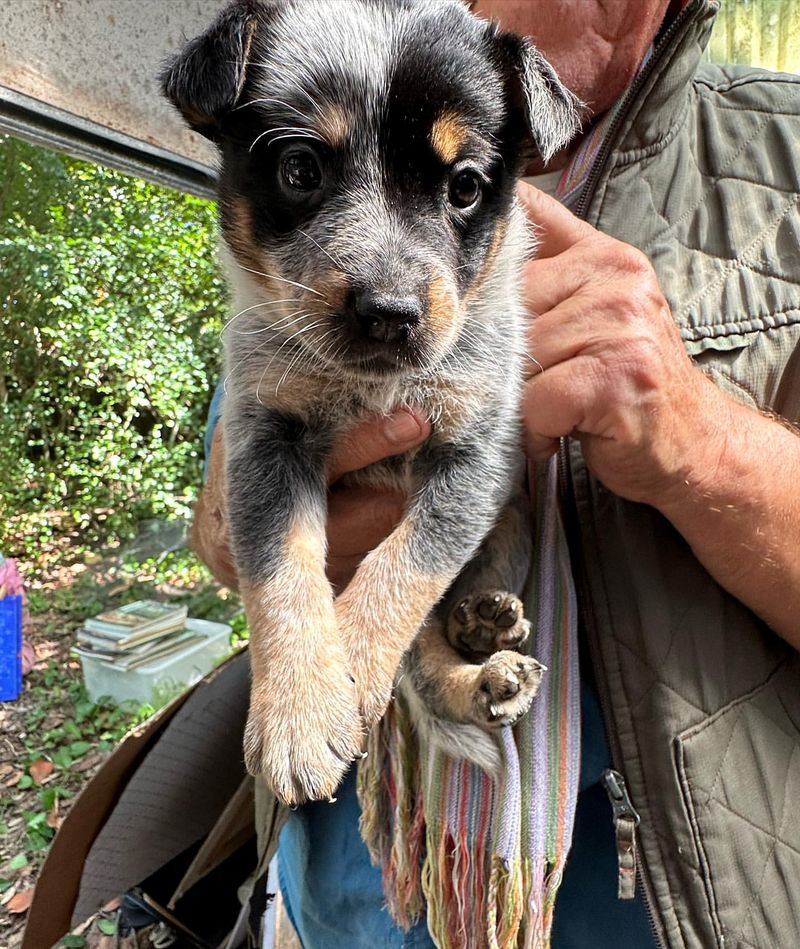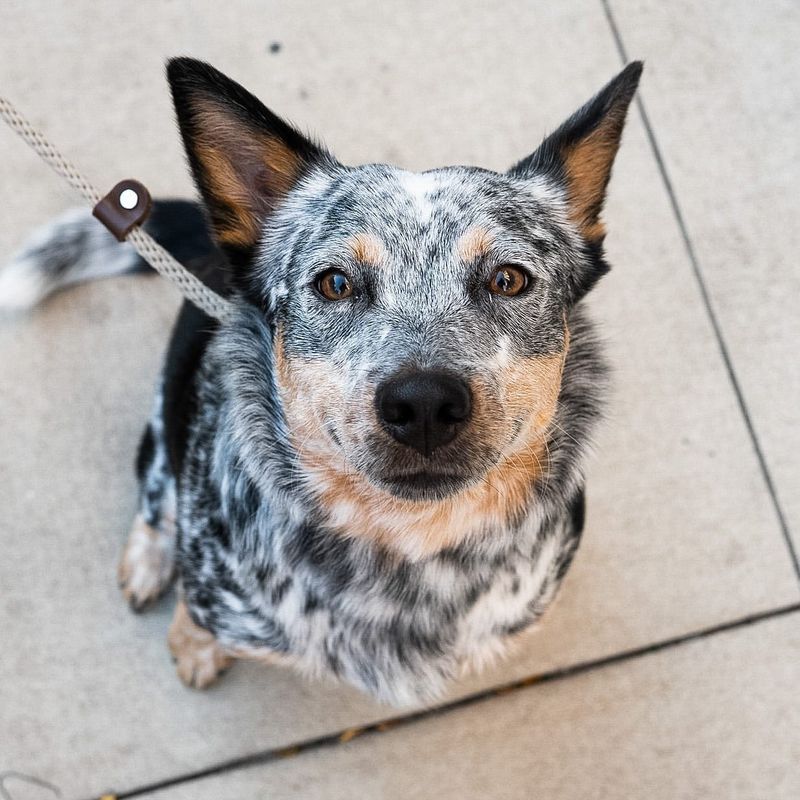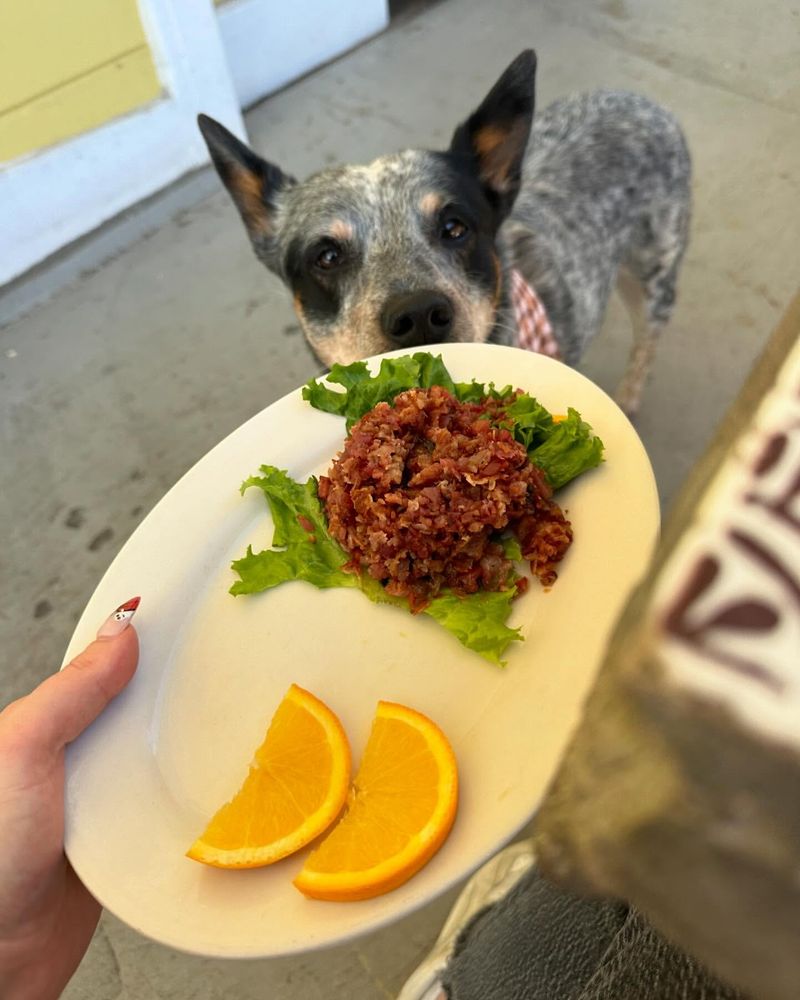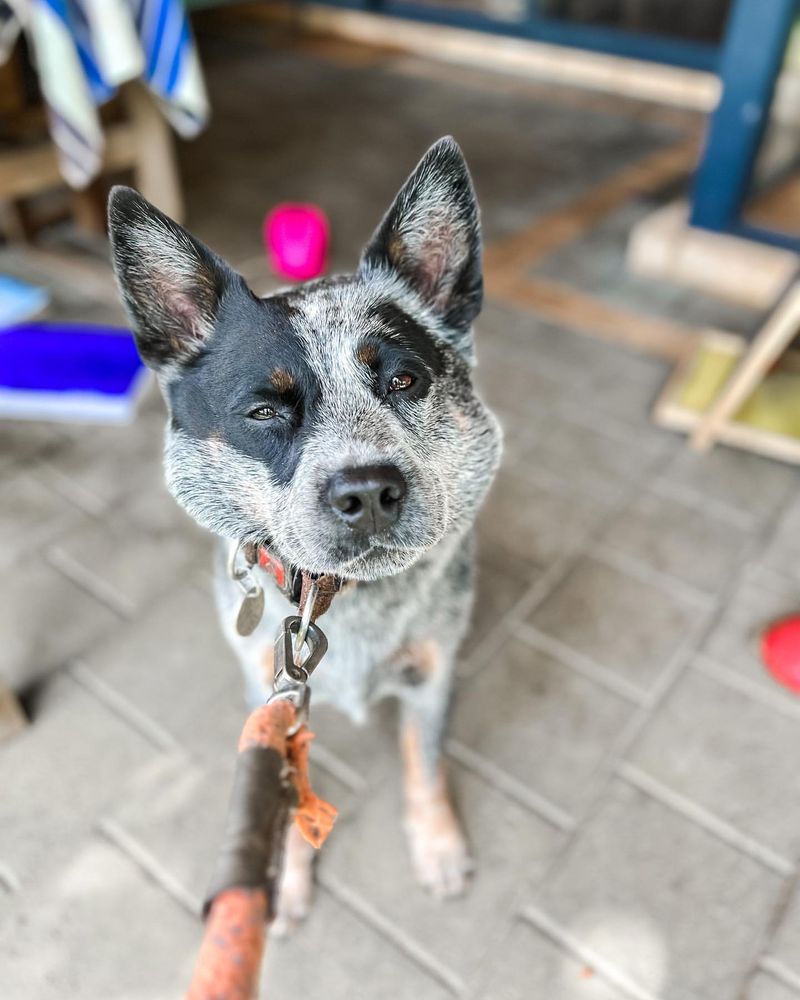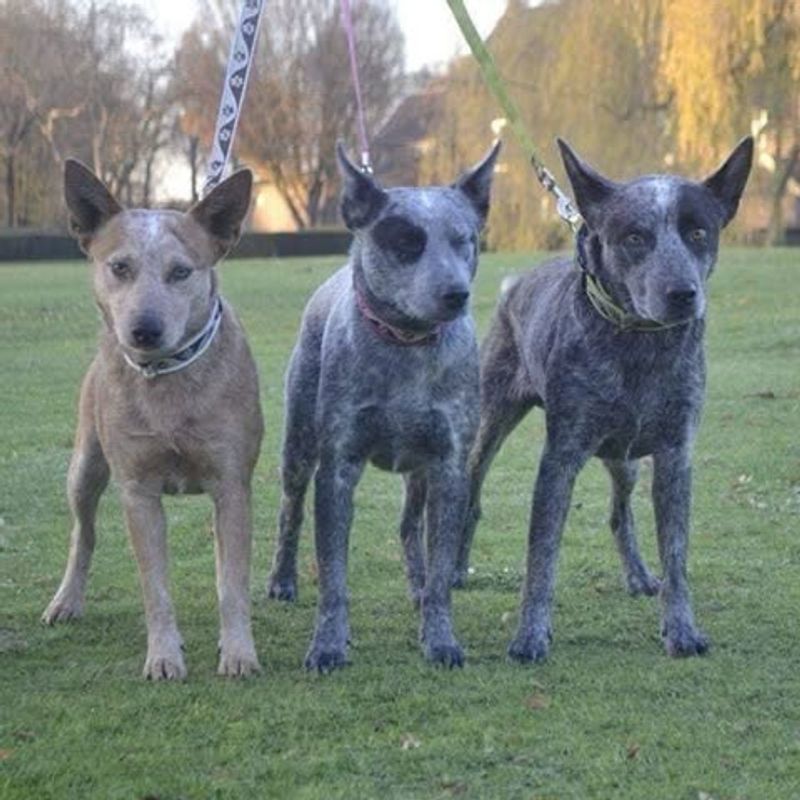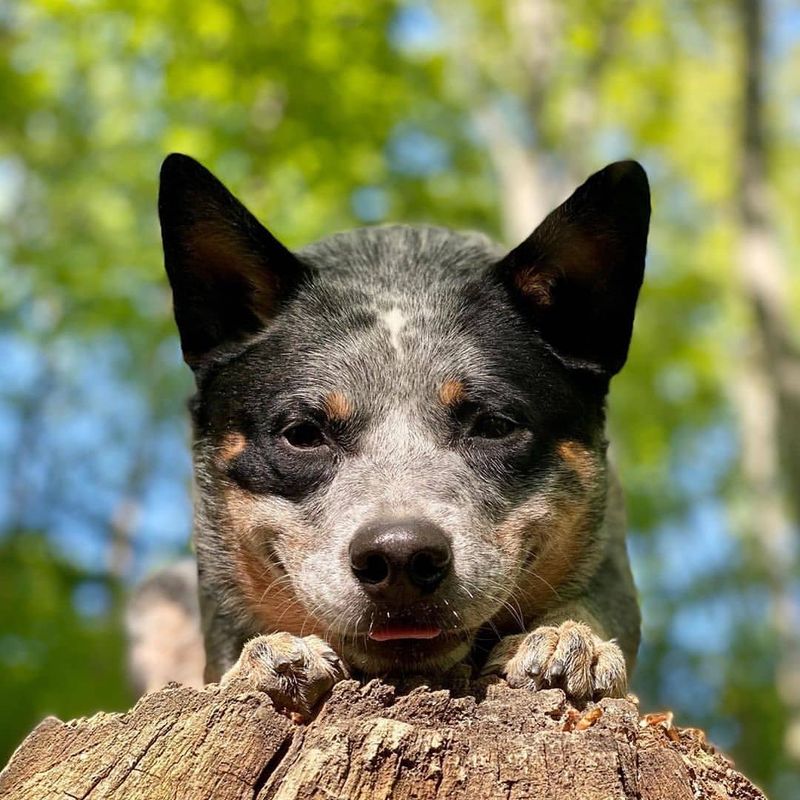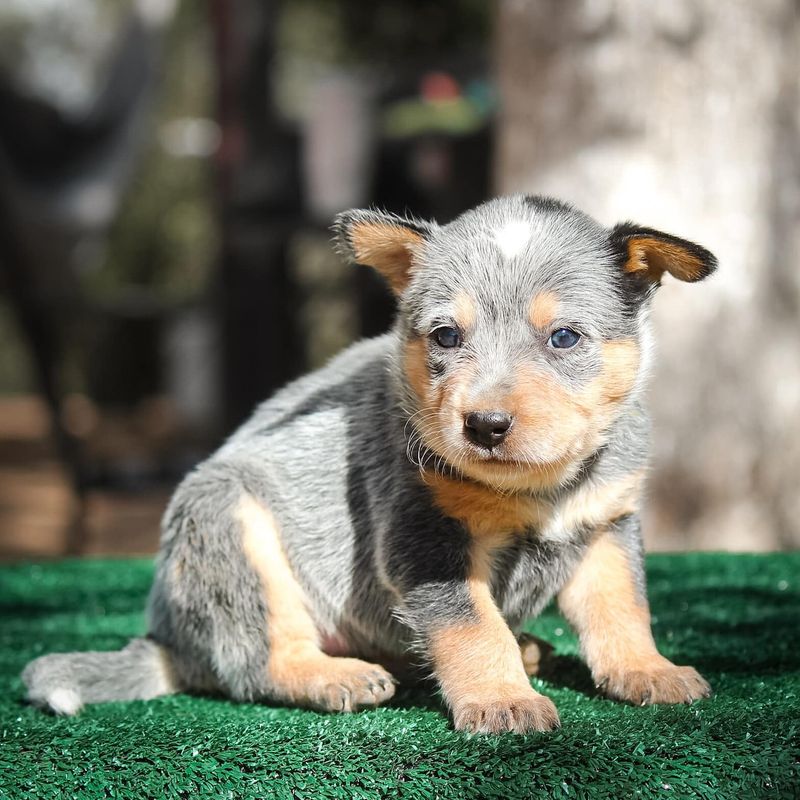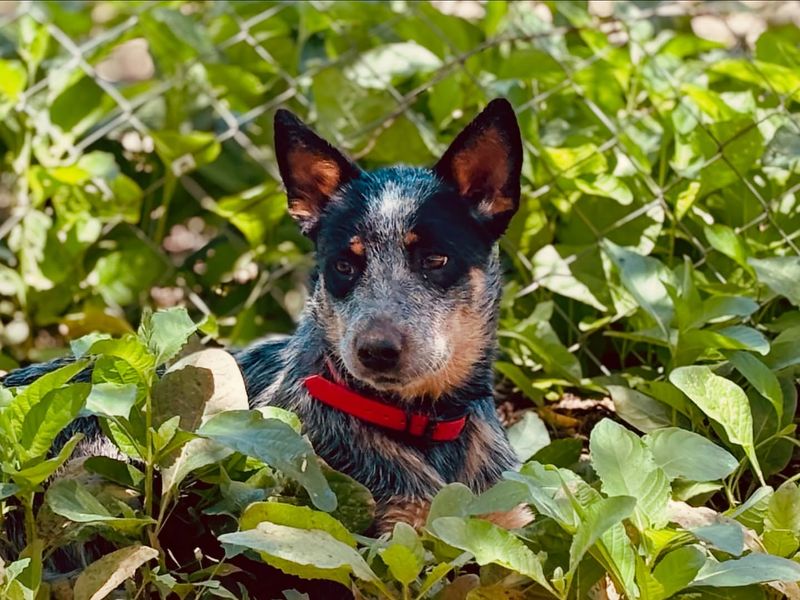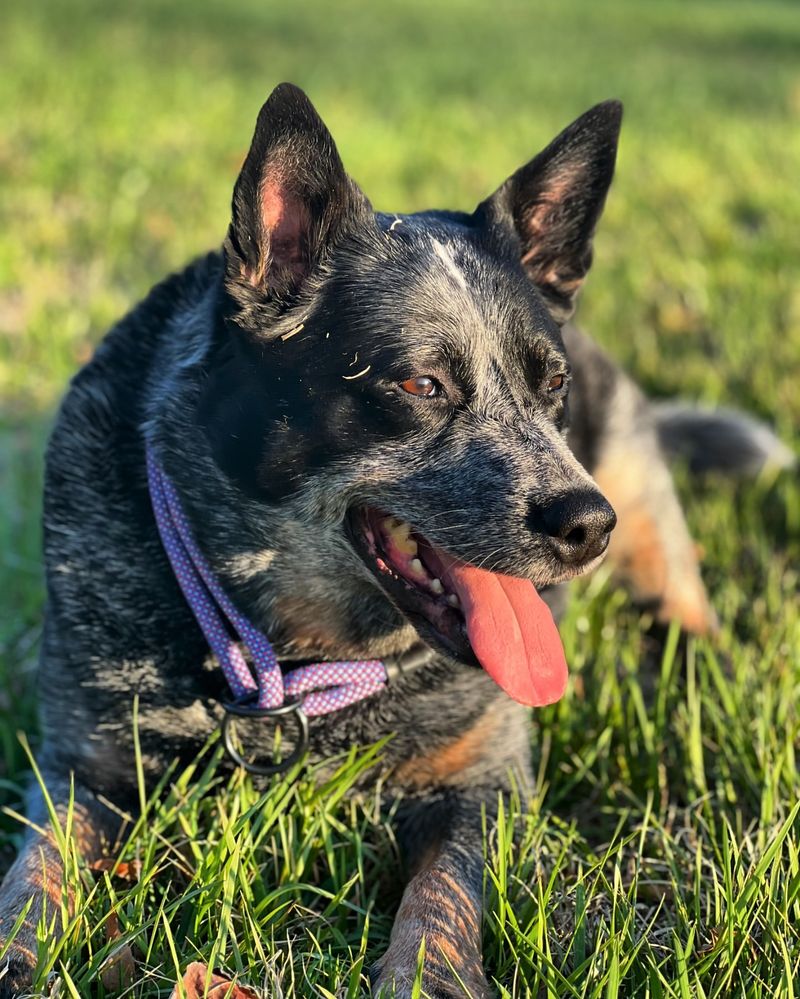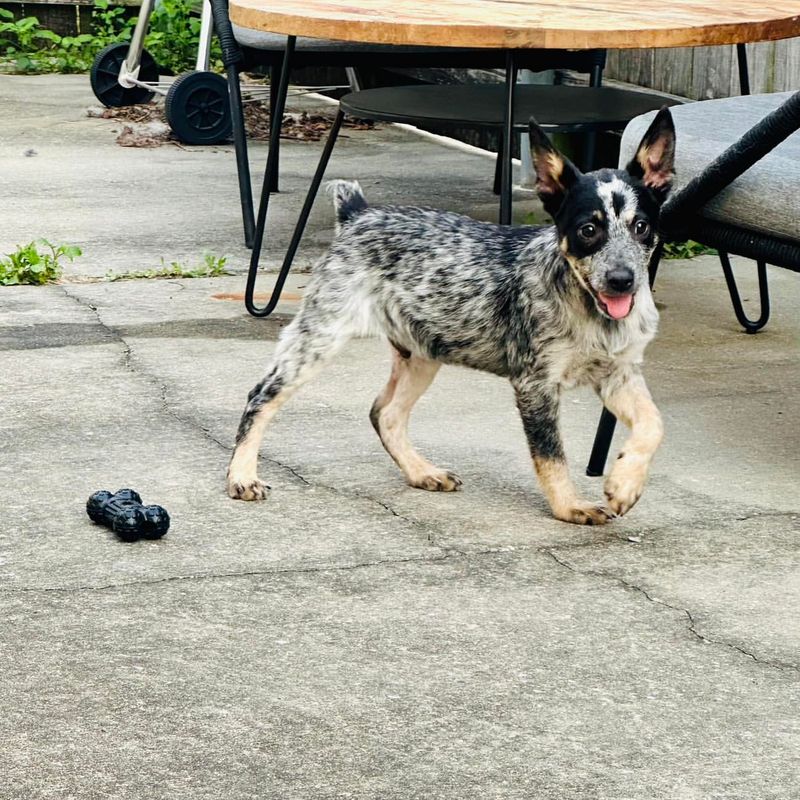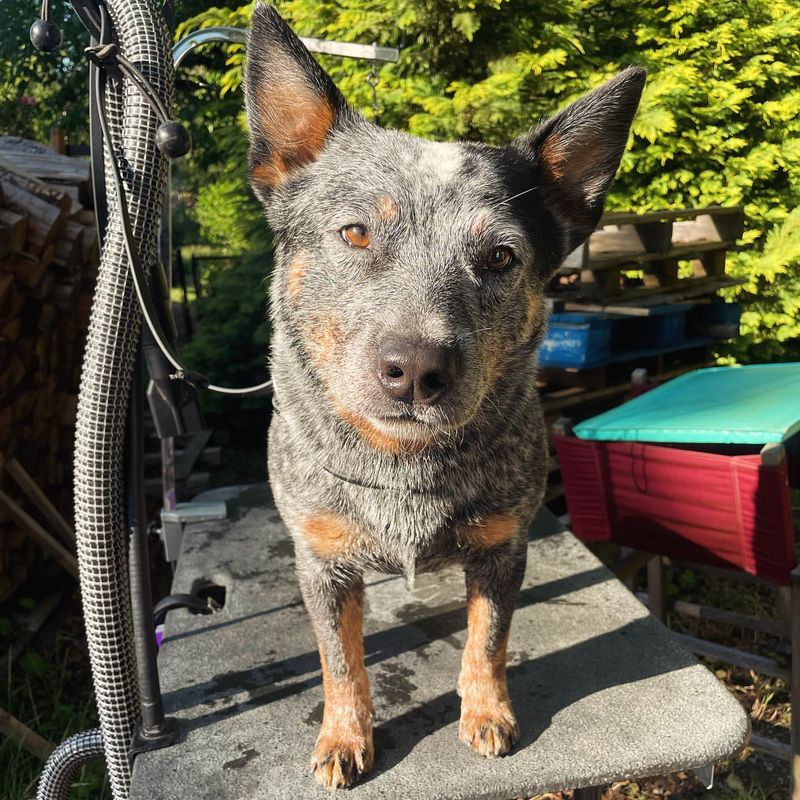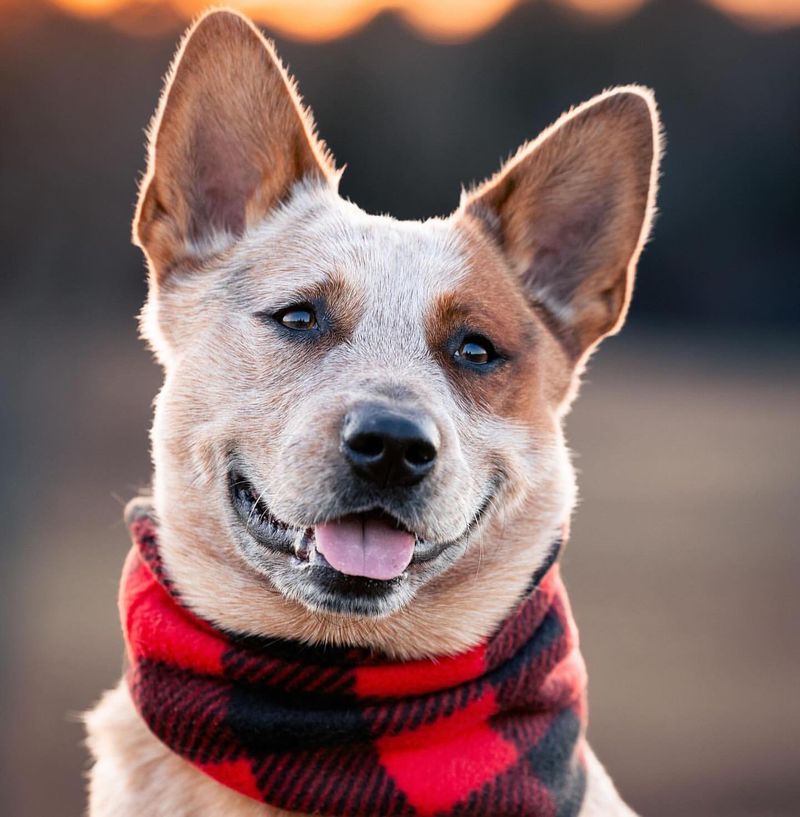Fascinating Facts About the Blue Heeler: Meet This Versatile and Hardworking Australian Cattle Dog
The Blue Heeler, also known as the Australian Cattle Dog, is a breed renowned for its intelligence, agility, and unmatched herding skills. Originating from Australia, these dogs have been indispensable to cattlemen for their ability to control and manage livestock. Beyond their working capabilities, Blue Heelers are known for their loyalty, making them excellent companions. This blog post explores 22 fascinating aspects of the Blue Heeler, unveiling the versatility and dedication of this remarkable breed.
Origin of the Blue Heeler
The roots of the Blue Heeler trace back to 19th century Australia, where cattlemen needed a resilient and intelligent breed to herd livestock across vast terrains. By crossbreeding the Australian Dingo with several other breeds, including the Collie, the Blue Heeler was born. This breed quickly proved its worth with its exceptional stamina and herding instincts. The Blue Heeler’s contribution to the development of Australia’s cattle industry cannot be overstated, as they became an indispensable tool for ranchers. Their unique lineage has resulted in a breed with both physical resilience and mental acuity.
Physical Appearance
Blue Heelers are easily recognized by their striking blue or blue-mottled coat, which provides excellent camouflage in the Australian bush. Their muscular build, coupled with a keen, alert expression, underscores their readiness for work. Standing at around 17 to 20 inches tall and weighing between 35 to 50 pounds, they are compact yet powerful. The breed’s distinct appearance is not only aesthetically pleasing but also functional, allowing them to move swiftly and efficiently in various terrains. Their coat, a defining characteristic, is weather-resistant, aiding them in harsh conditions.
Temperament
Known for their unwavering loyalty, Blue Heelers form strong bonds with their families, often becoming protective of their loved ones. While they may seem reserved around strangers, their affectionate side shines through with those they trust. Their intelligence and eagerness to please make them highly trainable, though they require consistent and firm guidance. This breed thrives on mental and physical stimulation, making them ideal companions for active families. When raised in a nurturing environment, Blue Heelers exemplify devotion and vigilance, characteristics that are cherished by their owners.
Intelligence and Trainability
Blue Heelers are known for their sharp intellect, ranking among the most intelligent dog breeds globally. Their capacity for understanding complex commands and problem-solving is impressive. This intelligence, coupled with a natural eagerness to work, makes them highly trainable. They excel in obedience and agility training, often outshining other breeds. However, their intelligence requires regular mental challenges to prevent boredom. Engaging them in activities like advanced obedience classes or agility sports can harness their potential. Owners should maintain a consistent training regimen to channel their Blue Heeler’s energy and intelligence effectively.
Herding Instincts
The herding instinct of the Blue Heeler is legendary. Bred specifically to manage unruly cattle, these dogs possess a natural ability to control and direct livestock. Their low, nipping style of herding, often targeting the heels of cattle, is where they get their name. This technique is effective in moving large groups of animals efficiently. Whether on a ranch or a farm, Blue Heelers exhibit incredible focus and determination. Even without formal training, they often display herding behaviors, such as circling and gathering people or animals, demonstrating their innate skills.
Energy Levels
The Blue Heeler is an energetic dynamo, always ready for action. Their high energy levels demand regular exercise and mental stimulation to keep them content. Long walks, runs, and play sessions are essential to meet their needs. Without adequate activity, they may become restless or develop behavioral issues. Engaging them in activities like fetch, hiking, or agility courses can channel their energy positively. Families looking to adopt a Blue Heeler should be prepared for an active lifestyle, as these dogs thrive in environments where they can exercise both body and mind.
Loyalty and Bonding
Blue Heelers are renowned for their deep loyalty and the strong bonds they form with their human companions. This loyalty often manifests as a protective nature, as they are instinctively inclined to safeguard their family. They thrive on companionship and do not do well when left alone for extended periods. The bond between a Blue Heeler and its owner is often unbreakable, built on trust and mutual respect. This relationship is a cornerstone of their temperament, making them incredible guardians and loyal friends. Owners cherish the heartfelt connection they share with their Blue Heeler.
Socialization Needs
Though naturally reserved, Blue Heelers benefit greatly from early socialization. Introducing them to various people, environments, and other animals helps them become well-rounded adults. Socialization should begin at a young age to prevent apprehension or overprotectiveness. Puppy classes, dog parks, and controlled interactions with other pets are excellent ways to expose Blue Heelers to diverse experiences. Proper socialization fosters confidence and reduces the likelihood of behavioral issues. This proactive approach ensures that Blue Heelers can adapt to different situations, making them more harmonious companions in a variety of settings.
Health and Longevity
Generally, Blue Heelers are robust and healthy dogs with a lifespan of 12 to 15 years. However, like all breeds, they are prone to specific health issues such as hip dysplasia and progressive retinal atrophy. Regular veterinary check-ups and a balanced diet are crucial in maintaining their health. Owners should also ensure they have adequate exercise to support their physical well-being. With proper care, Blue Heelers can lead long, fulfilling lives. Awareness of potential health concerns allows owners to take preventive measures, ensuring their Blue Heeler remains healthy and vibrant throughout its life.
Living Conditions
Blue Heelers are best suited to homes with plenty of space to roam. While they can adapt to various living conditions, access to a yard or regular outdoor activities is beneficial. Apartment living may be challenging without sufficient exercise to burn off their energy. These dogs thrive in environments where they can explore and engage in physical activities. Owners should provide a stimulating environment with toys and opportunities for play. A home that caters to their active lifestyle will ensure they remain content. Blue Heelers are happiest when they have room to move and explore.
Diet and Nutrition
Maintaining a balanced diet is essential for the health of a Blue Heeler. High-quality dog food tailored to their age, size, and activity level is recommended. Protein-rich diets support their muscular build and energy requirements. Owners should monitor portion sizes to prevent obesity, as Blue Heelers can gain weight if overfed. Fresh water should always be available, and treats should be given in moderation. Regular consultations with a veterinarian can help tailor a diet that meets individual health needs. Proper nutrition supports their overall well-being and contributes to a long, healthy life.
Coat and Grooming
The Blue Heeler’s coat is weather-resistant and requires minimal grooming. Weekly brushing helps remove loose hair and keep their coat healthy and shiny. During shedding seasons, more frequent brushing may be necessary. Their nails should be trimmed regularly to prevent discomfort or injury. Routine dental care, including brushing their teeth, is important to prevent dental issues. Despite their rugged appearance, Blue Heelers benefit from regular grooming to maintain their health and appearance. A simple grooming routine can help owners bond with their pets while ensuring they remain comfortable and clean.
History in Australia
Blue Heelers have played a significant role in Australia’s agricultural history. Developed in the 1800s to assist cattlemen, they revolutionized livestock management. By improving herding efficiency, they contributed significantly to the cattle industry’s growth. Their reputation as reliable working dogs spread, and they became a symbol of Australian rural life. The breed’s success lies in its ability to adapt to the harsh Australian environment while maintaining exceptional herding skills. This historical legacy continues to be celebrated today, as Blue Heelers remain an integral part of Australian ranching culture and heritage.
Famous Blue Heelers
Blue Heelers have captured public attention, notably through media and television. One famous Blue Heeler is Skye, who inspired the beloved children’s character “Bluey.” This animated series has introduced audiences worldwide to the breed’s charm and intelligence. Blue Heelers have also been featured in Australian films and television, highlighting their working abilities and loyal nature. These appearances have endeared them to viewers and increased their popularity. As cultural icons, Blue Heelers continue to inspire and entertain, showcasing the breed’s versatility beyond traditional roles in herding and companionship.
Blue Heeler Puppies
Blue Heeler puppies are bundles of energy, curiosity, and intelligence. From a young age, they display traits that define the breed, such as alertness and a penchant for play. Early training and socialization are crucial to harness their potential and guide their development. Puppies require consistent routines and plenty of stimulation to thrive. Engaging in interactive play and basic obedience training sets the foundation for well-behaved adult dogs. Future owners should prepare for an active lifestyle, as these puppies grow into energetic adults. Their adorable presence brings joy and liveliness to any home.
Adaptability
Blue Heelers are remarkably adaptable, capable of thriving in diverse environments. Whether in a bustling city or a tranquil countryside, they adjust well when their needs are met. Their adaptability stems from their intelligence and resilience. While they prefer open spaces, with adequate mental and physical exercise, they can thrive in urban settings. Owners must provide opportunities for stimulation through activities like hiking, training, or interactive play. Their ability to adapt makes them suitable companions for varied lifestyles, provided their active nature is supported. This adaptability highlights their versatility as a breed.
Common Misunderstandings
Blue Heelers are sometimes misunderstood as aggressive due to their protective nature and herding instincts. In reality, they are affectionate and loyal companions when properly trained and socialized. It’s important to recognize that their nipping behavior, often used in herding, is not aggression but a natural trait that can be managed. With positive reinforcement and guidance, Blue Heelers can learn to control these instincts. Educating people about their true nature helps dispel myths and promotes a better understanding of the breed. These dogs are loving family members, not aggressive threats.
Suitable Activities
Blue Heelers excel in various activities that challenge their physical and mental capabilities. Agility courses, obedience trials, and herding competitions are ideal for channeling their energy and intelligence. These activities provide both stimulation and enjoyment, strengthening the bond with their owner. Engaging in such activities keeps them fit and prevents boredom-related behaviors. Owners should explore different activities to discover what their Blue Heeler enjoys most. Tailoring activities to their interests ensures they remain happy and healthy. These dynamic and versatile dogs thrive in environments where they can showcase their skills.
Unique Markings
Blue Heelers are distinguished by their unique coat patterns, which range from blue-speckled to blue-mottled. These striking markings are not only beautiful but also serve a practical purpose. The camouflage provided by their coat helps them blend into natural settings, a trait beneficial in herding tasks. Each Blue Heeler has distinct markings, making them unique. Their coat not only defines their appearance but also reflects their heritage, combining traits from various breeds. Owners often take pride in their Blue Heeler’s distinctive look, which adds to the breed’s individuality and charm.
Exercise Requirements
Meeting the exercise requirements of a Blue Heeler is essential for their well-being. These active dogs need at least one to two hours of vigorous activity daily. Regular walks, runs, or playtime in a secure area are necessary to keep them content. Owners should incorporate varied activities to prevent monotony and stimulate their minds. Without sufficient exercise, Blue Heelers may become bored and exhibit undesirable behaviors. Ensuring they receive ample physical and mental stimulation is key to their happiness. Active families or individuals will find Blue Heelers to be enthusiastic and rewarding companions.
Protective Nature
The protective nature of the Blue Heeler makes them excellent guardians for their families. They are wary of strangers, often alerting their owners to potential intruders or unusual activities. This vigilance is coupled with a deep sense of loyalty, ensuring they take their guardian role seriously. While their protective instincts are commendable, it’s important for owners to manage this trait through training and socialization. Blue Heelers are naturally inclined to safeguard their loved ones, making them reliable watchdogs. Their devotion and protectiveness are qualities that endear them to their families.
Cultural Impact
Blue Heelers hold a special place in Australian culture, often depicted in art, literature, and media. Their representation as hardworking and loyal companions resonates with the Australian spirit. Through films, TV shows, and stories, they have become cultural icons, embodying the values of dedication and resilience. The Blue Heeler’s cultural impact extends beyond Australia, as their characteristics appeal to dog lovers worldwide. Their presence in cultural narratives reinforces their status as beloved and respected members of society. Celebrating their cultural significance highlights the deep bond between humans and Blue Heelers.
